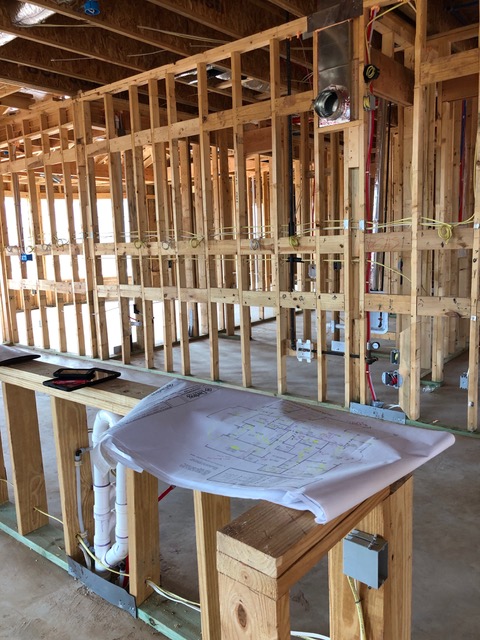As the name suggests, this meeting takes place right before they put drywall (sheetrock) the home. The purpose of this meeting is to make sure all the framing was done correctly and that mechanicals (plumbing, electrical, HVAC, cable/network, alarm pre wire, etc) is in the correct place. You also can and should hire a third […]




